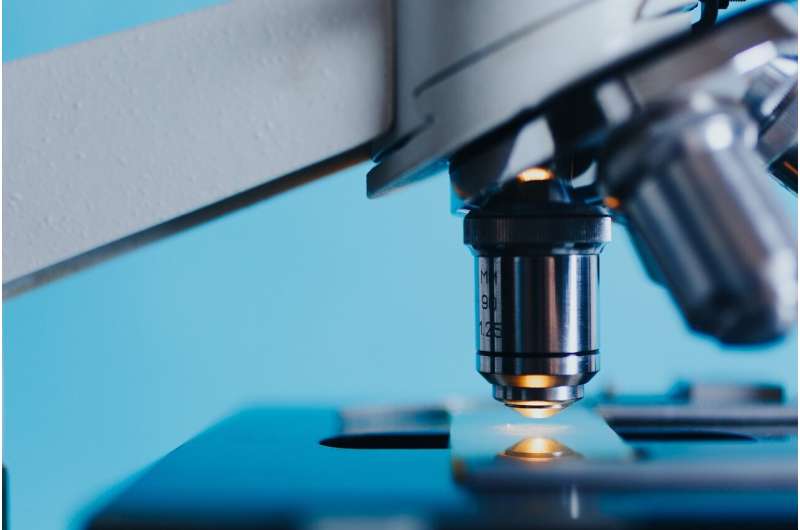Researchers call for standards for biological imaging

Stained molecules in the cell nucleus, the inner life of a synaptic cleft, or the surface of a floral leaf: Modern microscopes enable researchers to examine processes that are otherwise invisible and located in tiniest structures of organisms. However, the wide variety of available instruments and image editing techniques confront scientists with a challenge: Experiments from different laboratories are often impossible to reproduce and difficult to compare. The University of Freiburg initiative "Quality Assessment and Reproducibility for Instruments & Images in Light Microscopy" (QUAREP-LiMi) seeks to overcome this challenge. Since 2020, 350 experts from 29 countries have been working to standardize and better document microscopic imaging. The journal Nature Methods is devoting its December 2021 issue to the topic. In addition to studies, the issue features proposals and demands from researchers in an effort to develop and establish new quality standards.
Insufficient documentation of experimental conditions and a lack of quality control are usually the reasons for reproducibility problems. "We finally need for microscopy, what is already common in other areas of science," demands Dr. Roland Nitschke from the Life Imaging Center (LIC) and the Cluster of Excellence CIBSS—Centre for Integrative Biological Signalling Studies at the University of Freiburg. He launched the QUAREP-LiMi initiative and is now coordinating the work in 11 teams together with 25 international colleagues.
A basic principle of scientific practice
It is only possible to derive generally valid statements from experiments if the results can be reproduced by other researchers and in other laboratories. "That's a basic principle of scientific practice," explains Nitschke. "Our microscopic images and the findings we derive from them must be reproducible worldwide." In biomedicine and signaling research, scientists are increasingly also using microscopic imaging quantitatively. For example, they do not only look at where in a cell it is possible to identify fluorescence signals of marked molecules; they also use the brightness of the signals to calculate their quantity. "This often involves comparing images with one another or performing mathematical calculation. However, the conditions under which the images were taken and analyzed are not documented in sufficient detail in the publications to allow them to be reproduced or confirmed in other laboratories. This is compounded by reviewers who fail to scrutinize such aspects and most journals that limit the length of manuscripts," says the Freiburg scientist.
Nine articles, three of which were authored or co-authored by Nitschke, provide a summary of the problems, fields of action, and necessary developments. "The researchers are working together with stakeholders to develop a uniform terminology, quality protocols, and publication guidelines," he stresses. The most important partners are microscope manufacturers, funding institutions, scientific publishers, and the International Organization for Standardization. The Freiburg-run project is still looking for new members: "The creation, documentation, interpretation, and permanent storage of microscopy images still involves too many sources of error. We want to change that as a community."
More information: Ulrike Boehm et al, QUAREP-LiMi: a community endeavor to advance quality assessment and reproducibility in light microscopy, Nature Methods (2021). DOI: 10.1038/s41592-021-01162-y
Journal information: Nature Methods
Provided by Albert Ludwigs University of Freiburg



















